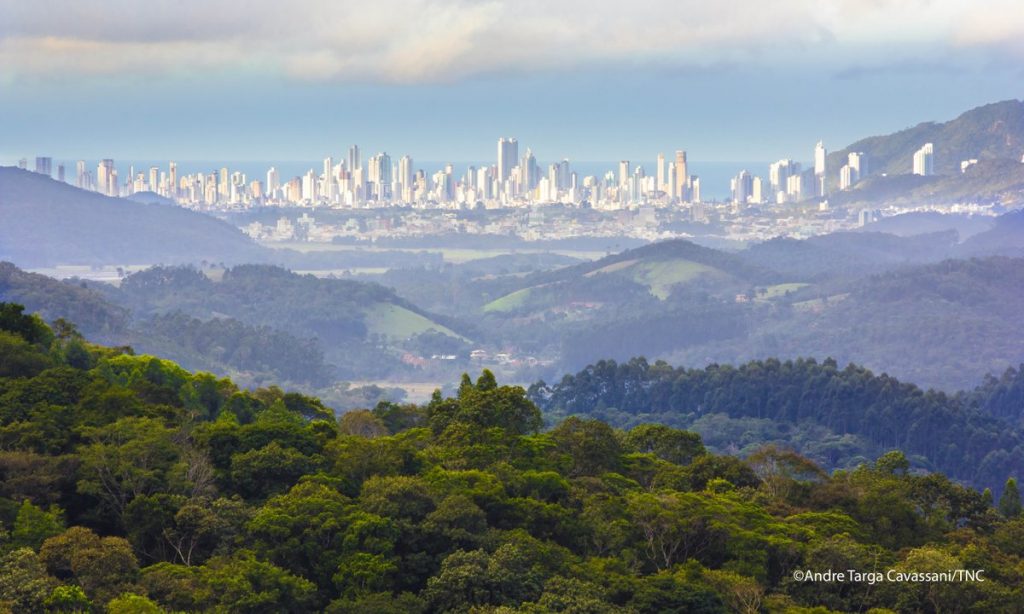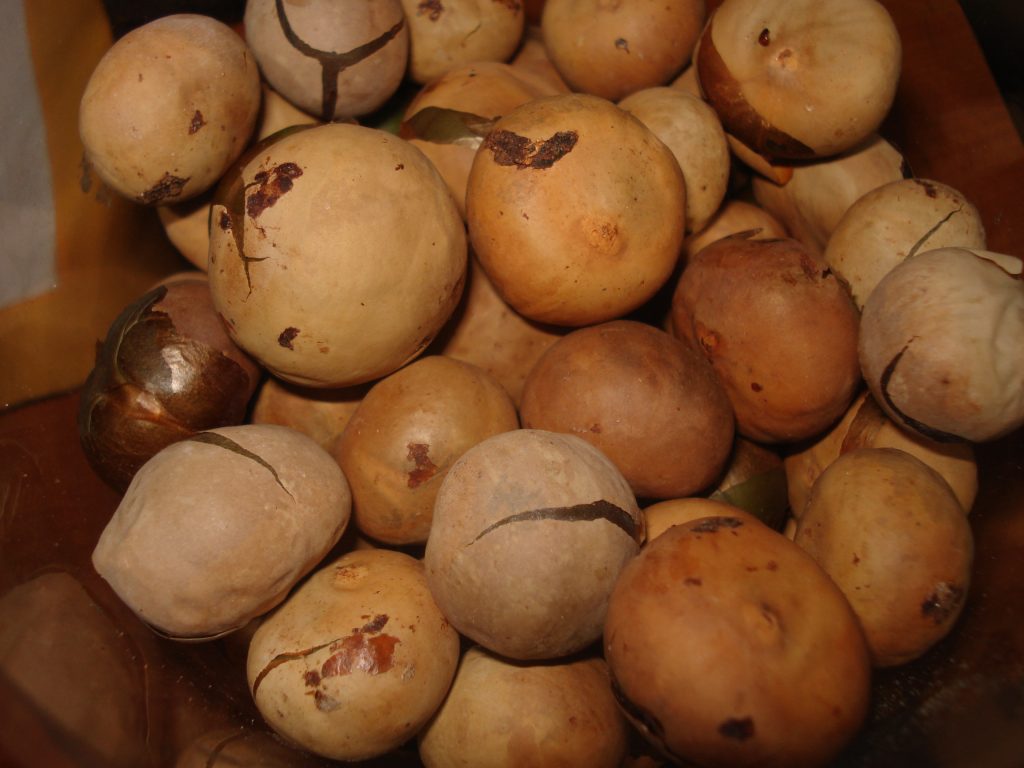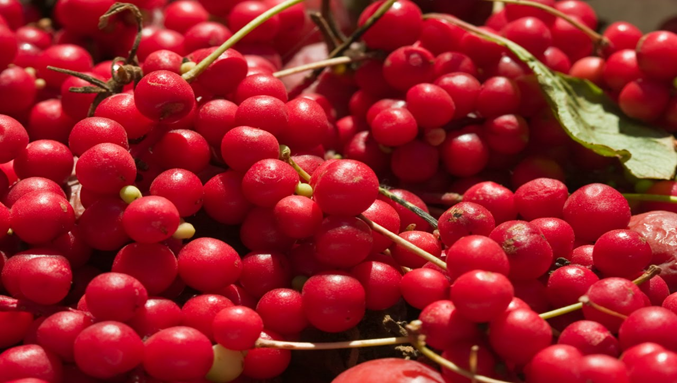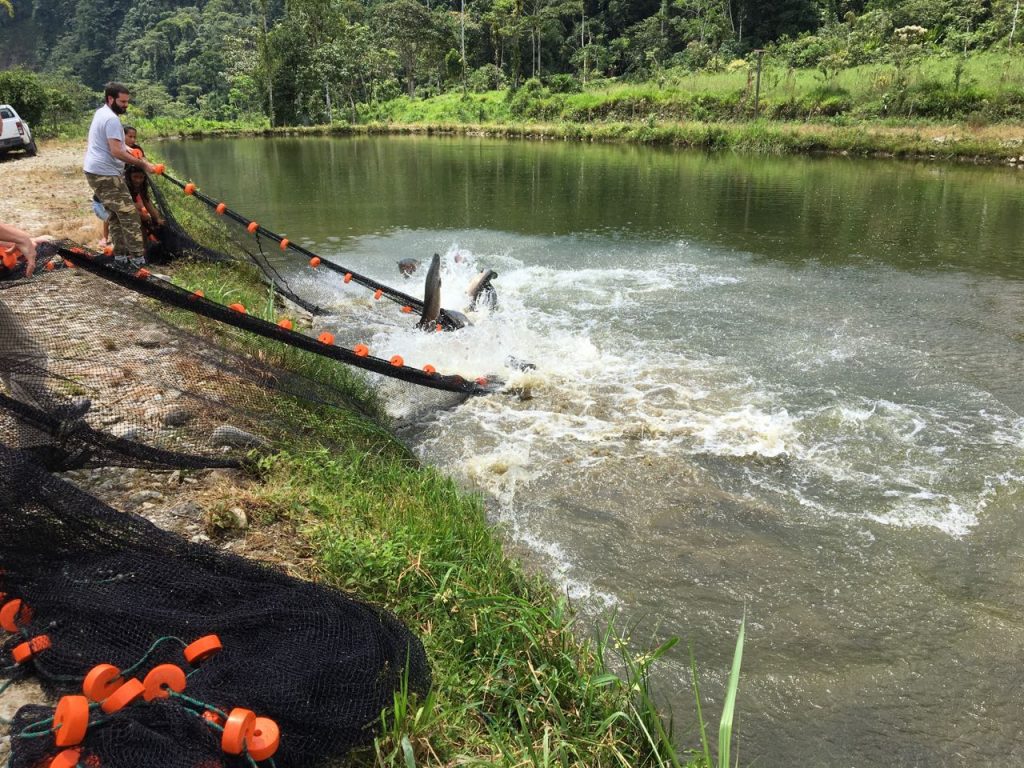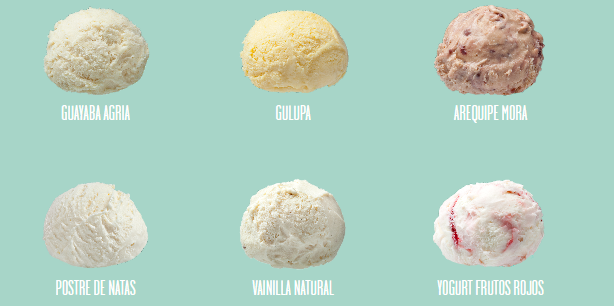Por David Berón Imagina lo siguiente: acabas de empezar una empresa para conectar directamente a pequeños agricultores del campo colombiano con miles de consumidores en las grandes ciudades del país. Tu modelo de negocios puede duplicar los ingresos de los agricultores, mejorar la calidad de la comida en los centros urbanos y demostrar […]
Read More… from Propulsando los negocios sociales: ¿Qué son las aceleradoras?
